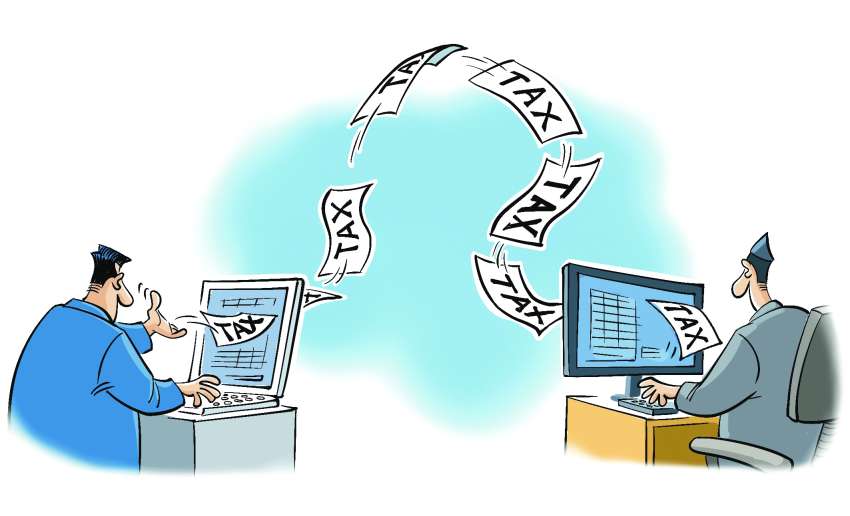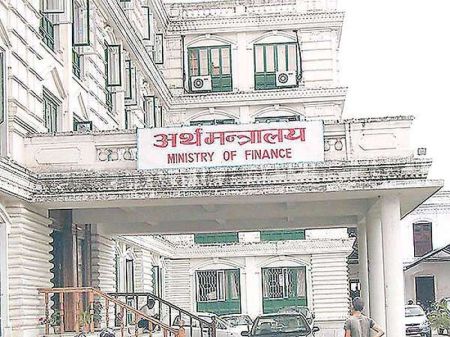Presenting the federal government budget for the fiscal year 2023/24 in parliament, the Finance Minister announced a plan to study the possibility of introducing e-assessment of tax returns. Although the Finance Minister did not provide further details about the new system under consideration, it can be presumed that it will be similar to the system in implementation in India from 2019. Adopting a similar system is certain to modernise Nepal's tax administration. Such a system would be faceless in the sense that taxpayers and tax officers would not have face-to-face interactions, thereby eliminating any possibility of underhand deals during tax assessment. While the existing system is already automated to a great extent as taxpayers can electronically file returns, assess their tax liability, make electronic tax payments, and retain the receipt as proof of tax clearance. However, it is not as simple as it may seem. In the current system, taxpayers are required to make multiple visits to the tax office, which can be burdensome. Additionally, some taxpayers may be selected for a full audit, leading t o further challenges.
The proposed measures can address these issues effectively. Drawing inspiration from the new practice in India, if a full audit is necessary, the tax return file will be handled anonymously, with the taxpayer's name and relevant details concealed. The file will be assigned to a tax officer for assessment, and the entire process will be conducted electronically. The tax assessors will be unable to identify the taxpayer whose file they are assessing, and vice versa. Even the staff at the tax office will be unaware of the tax assessor's identity. If the tax assessor requires additional information, documents, or proofs, the system will handle the process anonymously. This ensures that there is no direct contact between the taxpayer and the tax assessor. This announcement by the Finance Minister is a welcome one, as such a system has long been suggested by tax experts and demanded by the business community in Nepal. The study of this system should be expedited, as it is already available, developed, and successfully practised in India. It is possible that other countries have also implemented similar systems, which can be borrowed, modified, and implemented accordingly. The process should not take a long time. It is important to acknowledge that there may be resistance to this system from within the tax administration, as it eliminates the possibility of underhand dealings by tax administration staff. It has been reported that in India, after the introduction of the new system, the demand to be posted in certain tax offices has almost completely disappeared. Another advantage of this new system is its ability to eliminate the problem of overstaffing or understaffing in tax offices. If a tax officer is burdened with excessive workload, the system can easily reassign the work to another officer who has a lighter workload. This efficient reallocation of work can be done electronically. Therefore, it is crucial to avoid prolonged studies and instead prioritise expediting the implementation of the new system. By doing so, the government can effectively eradicate corruption within the country's tax administration.






















